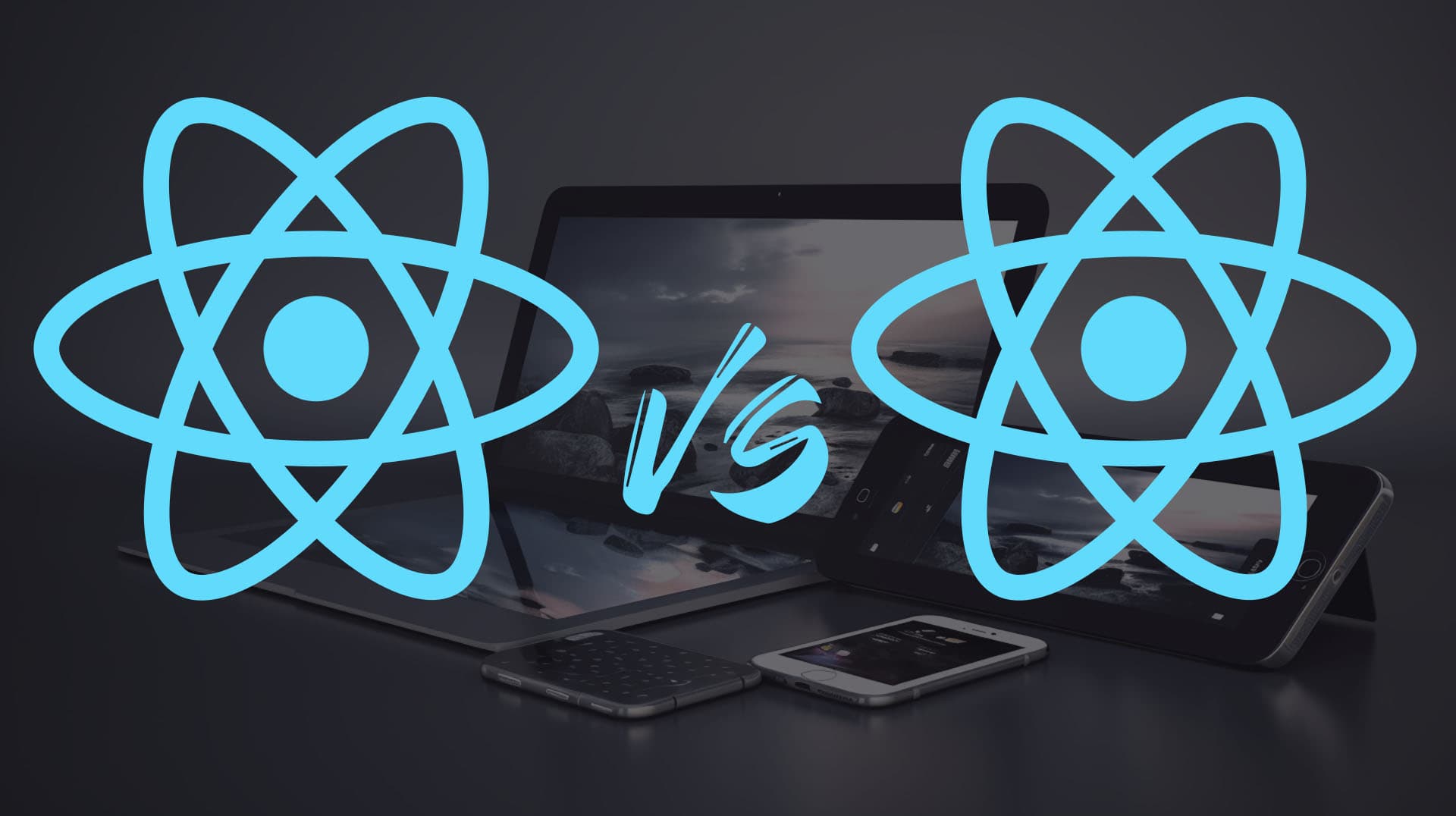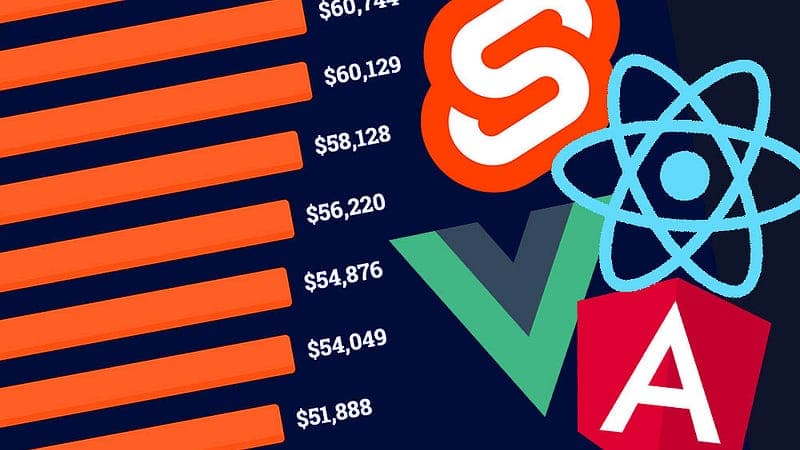Flutter vs React Native - What do the statistics say?
React Native or Flutter, what do the numbers says about the strengths and weaknesses of these two solutions? I’ve found some statistics that were really… unexpected to me. But before we go into that, let’s take a look at the wider picture.
Why look at the statistics for Flutter and React Native? What can they teach us?
The debate about different frameworks and technologies is heated. Why? Because we invest time and energy into learning and using these tools. It’s difficult to be objective when we have a personal stake in the subject.
We become emotionally invested due to all the _time and effort _we’ve invested.
Last May, the Stack Overflow website ran a developer survey, and the results are out. This is a perfect opportunity to step back, and look at the cold, hard truth of the numbers. So today, we’ll be looking a Flutter and React Native and what the number say, both in the stack overflow survey and from other sources.
We’ll be looking at Google Trends and at the Stack Overflow Developper Survey, but before that, let’s see what the situation is on GitHub, where the code for both these projects is hosted.
GitHub
Both solutions have about the same number of forks (Flutter has 4% more than React Native), but let’s look at GitHub stars. Stars are a way for users (i.e., mostly developers) to show appreciation. Stars are GitHub’s version of a like.
So, how do these two solutions fare?
Flutter has 146 000 stars, whereas React Native has 105 000. So, users have shown 39% more appreciation for Flutter than for React Native on GitHub.
Google Trends
Now, let’s look at interest scores using Google Trends.
Since the 1st of January, we can see only half the interest in React Native than in Flutter. On YouTube, that is even more heavily slanted towards Flutter, the interest in React Native is only about a third of that in Flutter.
However, if we look by country in Western Europe and North America, things are not quite as stark.
In the United States, Canada, the UK and France, Flutter’s interest score is between 50 and 60, and React Native’s is between 40 and 50 for React Native. Flutter is still in the lead but nowhere near as heavily.
Now, let’s see what developers had to say about these two solutions in the developer survey.
Stack overflow 2022 Dev Survey: level of usage
First, let’s look at the usage. Here, the two solutions are neck and neck, with 12.64% usage for Flutter and 12.57% for React Native.
If we look at which technologies the different users _want_to use, the numbers are similar: 13.5% say they want to use Flutter, and 13% say they would like to use React Native.
Given the difference in popularity earlier, I didn’t expect this to be as close. But this isn’t what I found astonishing; that’s… for later.
But first, why didn’t I find it astonishing?
Because when we look at where the respondents to the survey were from, it was mainly from countries where the two technologies had similar popularity.
The largest contributors to the survey include the US, Canada, the UK, Ireland and France, where the interest between Flutter and React Native is more balanced.
If I read the Google Trends infographics right, China is the main contributor to the search volume for Flutter. However, it only represents about 0.8% of the respondents in the stack overflow survey.
We help you better understand software development. Receive the latest blog posts, videos, insights and news from the frontlines of web development
Stack overflow 2022 Dev Survey: loved vs. dreaded
Now, what can we say about Flutter and React Native in terms of Developper Experience (DX)? Or more to the point, what did respondents think of the two when asked whether they liked, or dreaded, the technologies?
First, Flutter : 68% of the respondents said they liked it, and 32% said they dreaded it, so over twice as many people had a positive option of it than had a negative opinion.
For React Native, the situation is not as rosy. 55% of the respondents said they liked it, whereas 45% said they hated it.
Salaries
Now, up until now it looks like everything is going Flutter’s way. However, there is one last statistic from the Stack Overflow survey that kind of upsets that whole apple cart.
Let’s take a look. The median salary for Flutter is 42 000 USD.
And for React Native, the corresponding number is… at 54 000 USD, fully 28% higher.
Now, obviously those number might be hiding underlying trends : maybe most of the React Native respondents comme from countries with a higher cost of living. Who knows?
Or perhaps the higher popularity of Flutter means there are more Flutter devs. But perhaps more companies are using React Native, which puts upwards pressure on the salaries? To be honest, I don’t know, I’d be curious to hear your thoughts on the matter.
In any case, this means the choice between investing time in React Native or Flutter is a complex one: there are good reasons to choose both React Native and Flutter. Do you want something that is more popular or something that pays more?
Or are there deeper reasons to select one over the other? If you want to find out … well, that is what this article is about.



